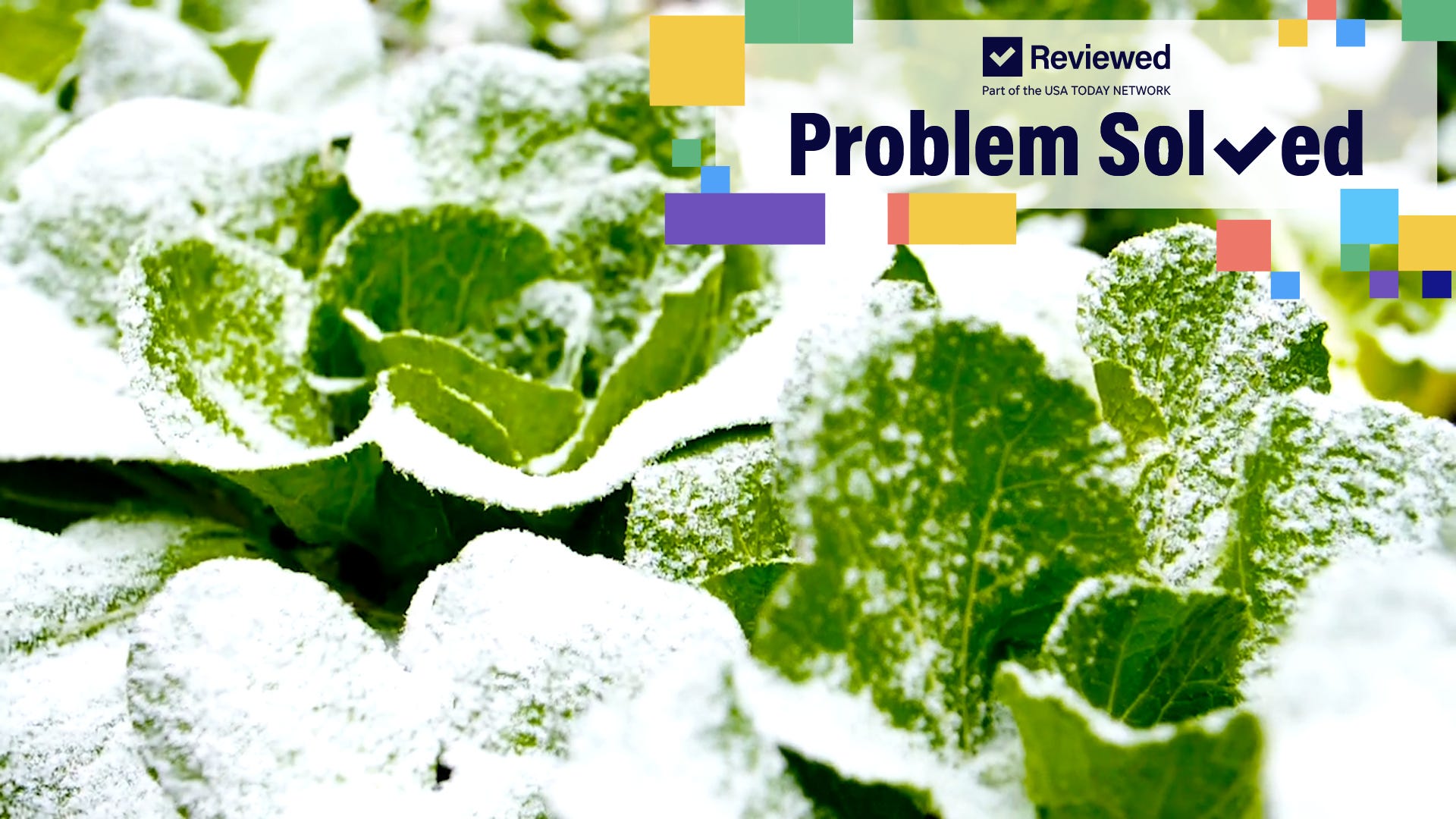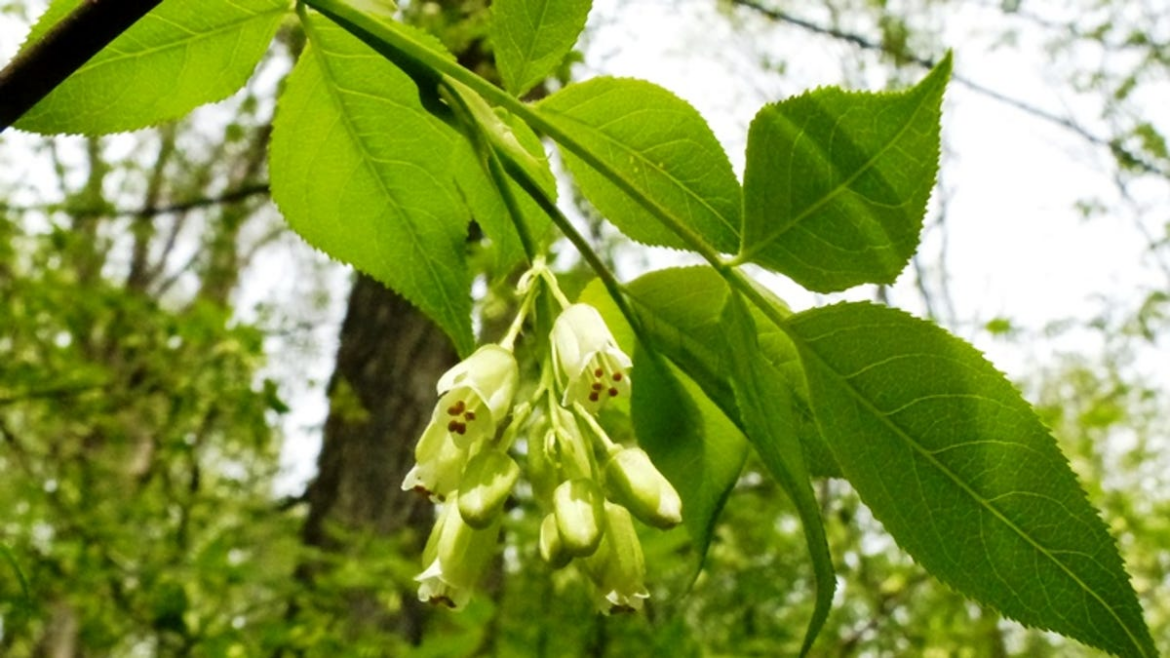Special to The Columbus Dispatch

Gardening tips: How to prep a garden for winter
Make sure to take these steps to prepare your garden for the cold weather.
ProblemSolved, USA TODAY
Editor’s note: Once a month, OSU Extension Master Gardener Volunteers in Franklin County profile a plant that occurs naturally in central Ohio.
If you are looking for an aesthetically pleasing, interesting understory shrub or small tree that is native to Ohio, Staphylea trifolia might be just what you are looking for. More commonly known as American bladdernut, this flowering tree is lovely throughout the growing season. It is often taller than wide once it reaches maturity and can grow to be 10-15 feet tall. In the wild, it establishes dense colonies most commonly in nutrient rich woodlands and along streams and rivers. It prefers shady spots with consistent moisture, but it will tolerate a wide variety of soils.
Every part of the American bladdernut adds interest to a garden. The trifoliate (three leaflet) leaves are opposite on the stems, up to 4 inches long, slightly toothed and are dark green on top and a paler green beneath. They turn yellow in the fall. Young twigs are smooth and olive green, but as they mature they develop tan fissures that contrast beautifully with the green. The mature bark is brownish-gray with white streaks.
But it is the flowers and fruit that are most distinctive on Staphylea trifolia. The genus name comes from the Greek staphlye which means “cluster,” and the bell-like, creamy greenish white flowers do just that in drooping clusters of 5-12 flowers that bloom in early spring before the leaves appear. Bees, butterflies and other pollinating insects enjoy the nectar, but eventually these flowers give way to what might be the most defining part of the tree: the fruit. One- to two-inch-long papery seed capsules resembling lanterns, inflated balloons or bladders (hence the common name) act as a little container for the 1-4 seeds inside. These fruits mature in the late summer and can even persist into early winter, and once ripe, the pods can be shaken to produce a rattle sound. These rattles were used in some Native American dances and ceremonies, and they can add a unique element to flower arrangements.
The seeds within the capsules look a bit like popcorn, are edible either raw or cooked and have a taste similar to walnuts. They can replace walnuts in any recipe and a sweet oil can be made from the seeds.
Found throughout the northeast, southeast and into the midwest, consider the American bladdernut for an easy, fast-growing addition to your garden.
Growing conditions
Hardiness zones: 3-8
Sun: Partial to full shade
Water: Prefers consistent moisture
Propagation: Division or root cutting
Pests and disease: No serious problems


Comments are closed.